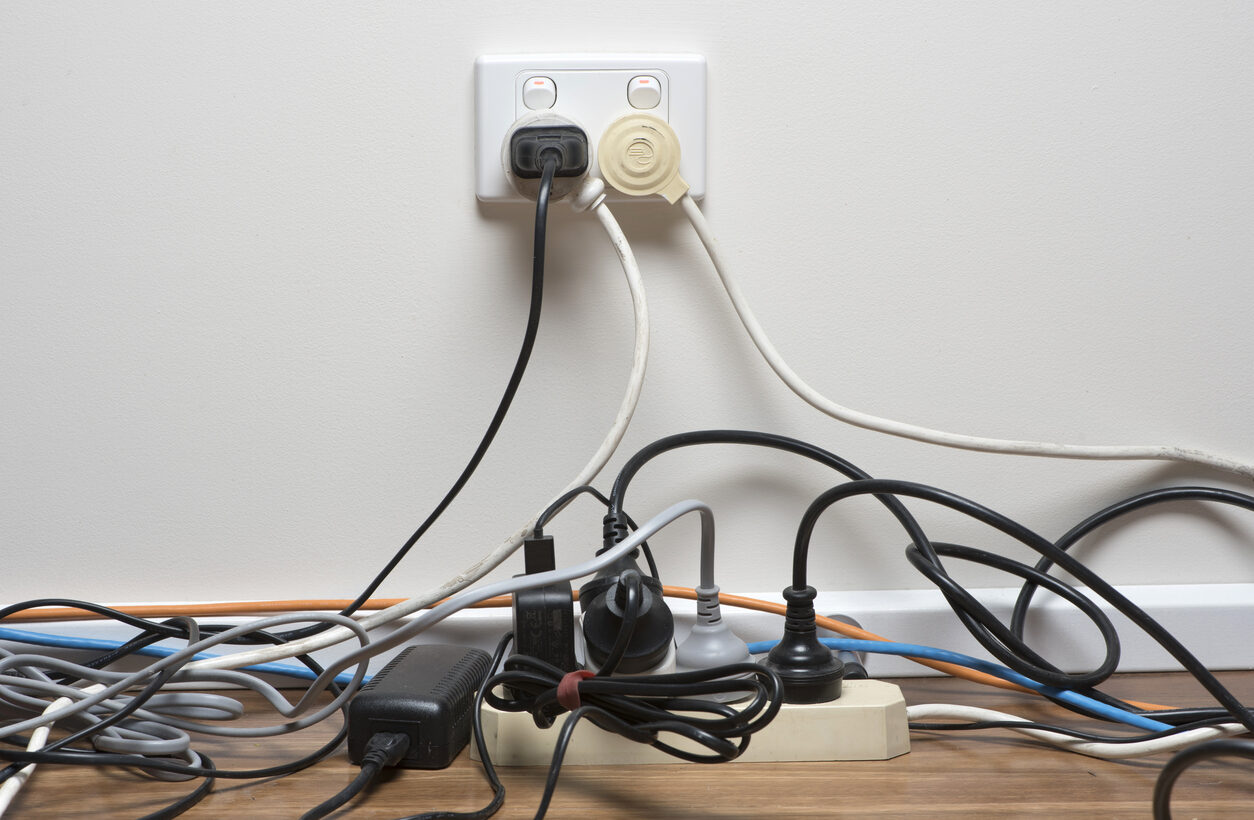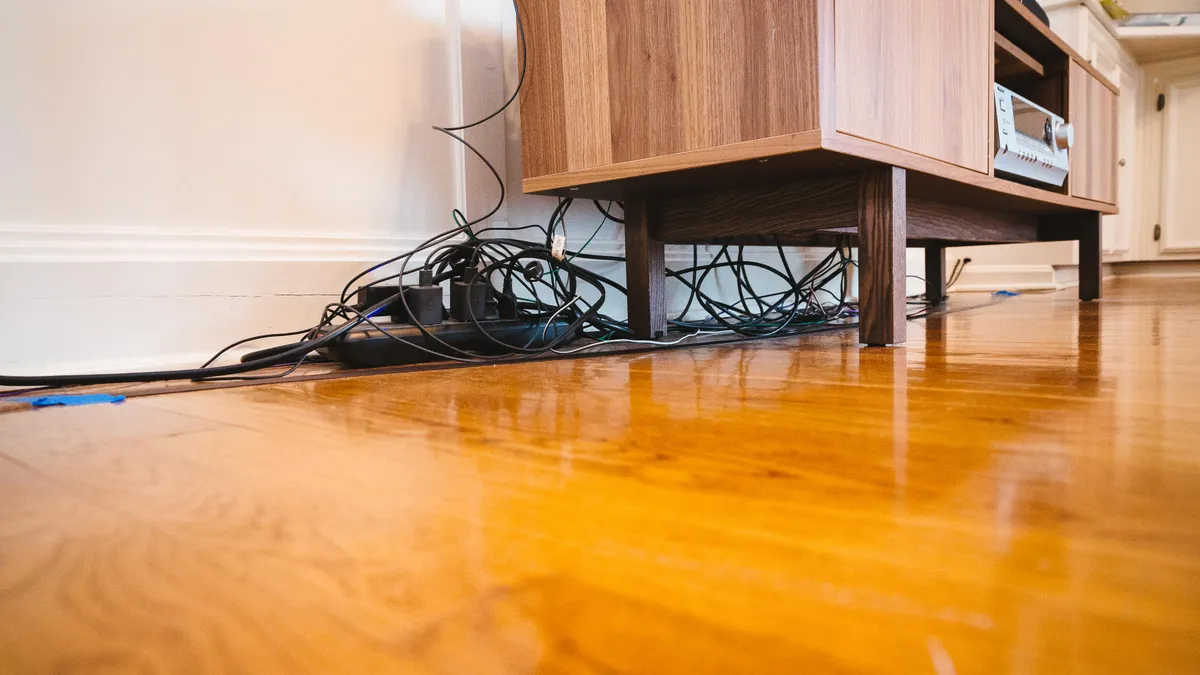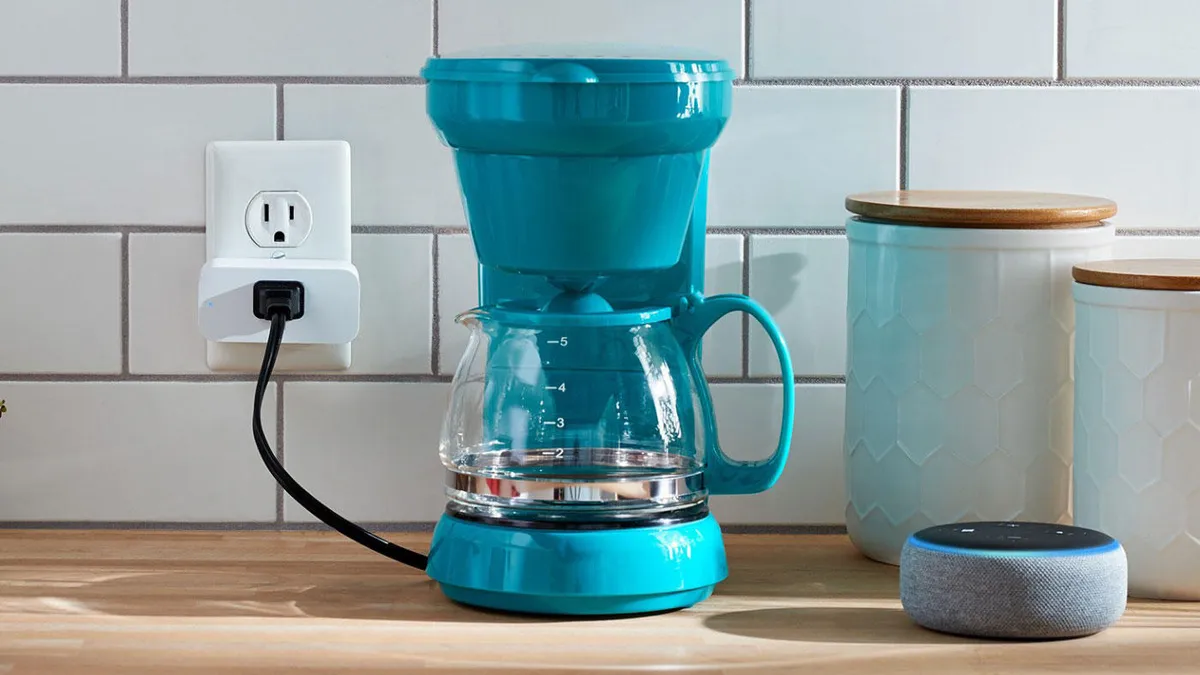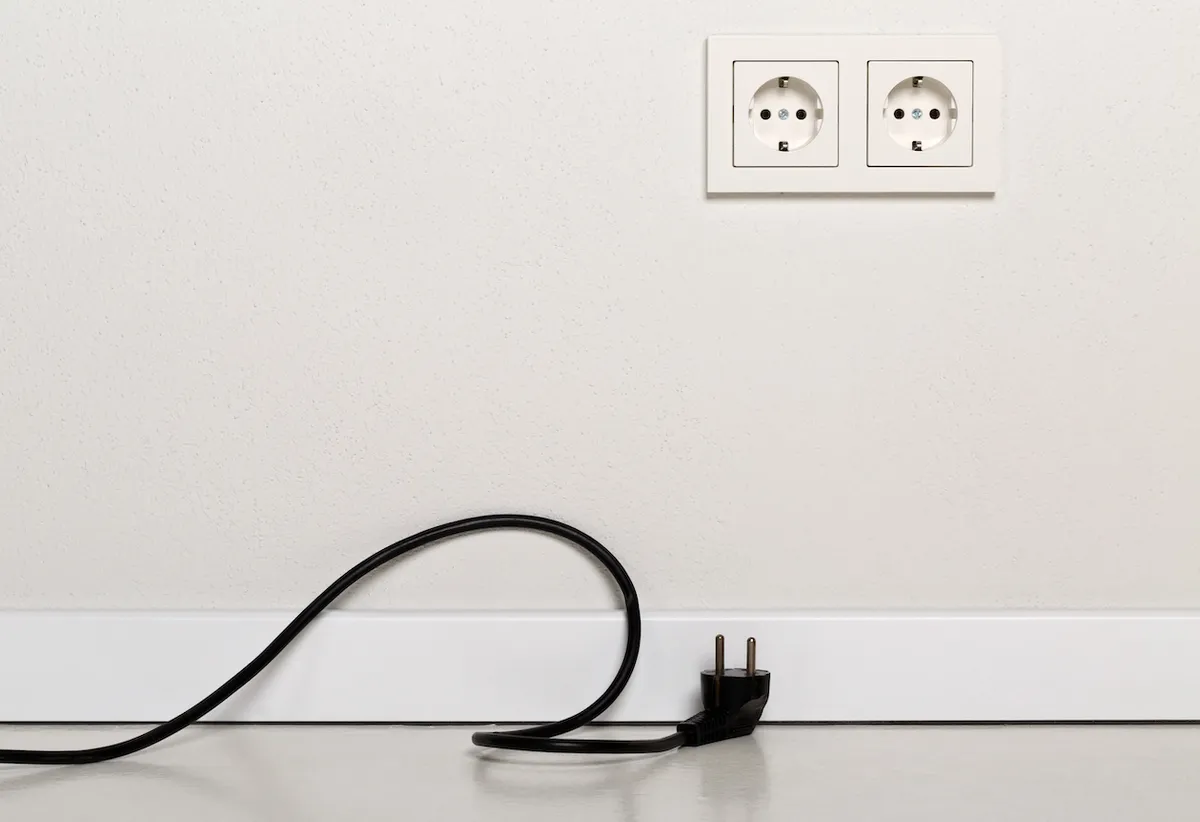This article is your complete guide on vampire devices. If you notice that your energy bill has gotten higher than normal or if it’s not as low as you expect it to be. You might be being charged constantly for vampire electric. Not only are we going to cover what is vampire power, but also how to identify vampire appliances.
But it’s not enough to identify them, you also have to know the best way to save money while having vampire appliances! Some of the top energy-draining appliances are necessary for daily life. We will get into that later on. But our guide will help you learn not to let high energy costs drain your wallet. While also making you run a more energy-efficient home!
Here at The Energy Professor, we want to give you the information you need to not only save money on your energy bill but to also become more energy efficient. We hope find this post helpful! And makes it easier for you to know more about vampire devices. Be sure to also check out our one-of-a-kind energy savings calculator!
The Energy Professor Electricity Rate Check Tool
What is Vampire Power?
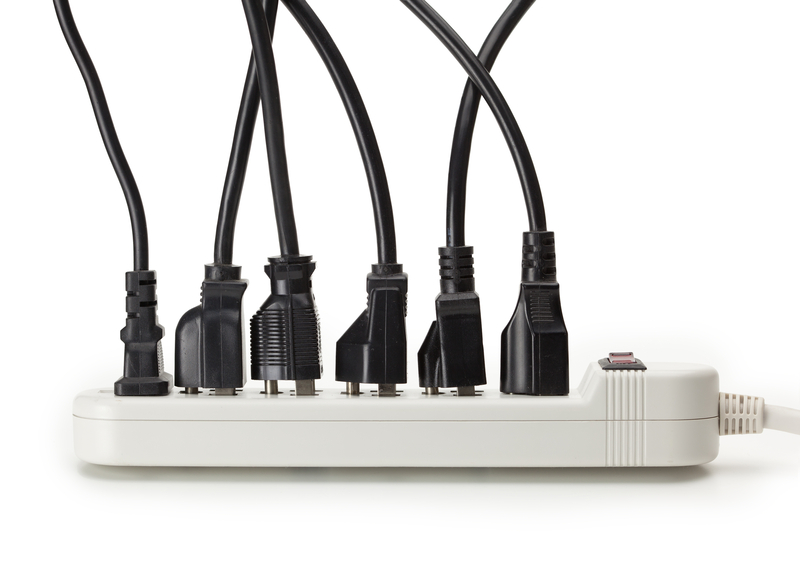
Vampire power in a nutshell is maybe not what first comes to your mind. Sadly it has nothing to do with bats, fangs, or blood. It has more to do with your appliances and the energy they’re using when you least expect it! Vampire energy is energy that appliances draw in while not in use. This includes everyday items such as TVs, microwaves, and more that you might not expect. While we dive deep and learn more about vampire electronics, keep in mind that all of these vampire problems have easy solutions! But before we get too far into it, let’s find out why devices use energy while turned off to begin with.
Why do Devices Leak Energy?
- The most consistent reason why devices leak energy is due to Remote Connectivity. Even while powered off or in sleep mode, devices that are still plugged in are awake and waiting for a signal to turn on from a remote.
Remote Connections are the largest culprit of the vampire connectors but not the only ones. There is also energy usage with devices that are made to record data or update while asleep. This type of power is known as Regularly Available Power. Regularly available power means that your devices can respond as soon as you decide to use them. As convenient as this technology is, it comes at a cost. You may see all of this excess vampire voltage on your monthly electricity bill.
Related Post: How Many Watts Does a TV Use?
How Vampire Power Works
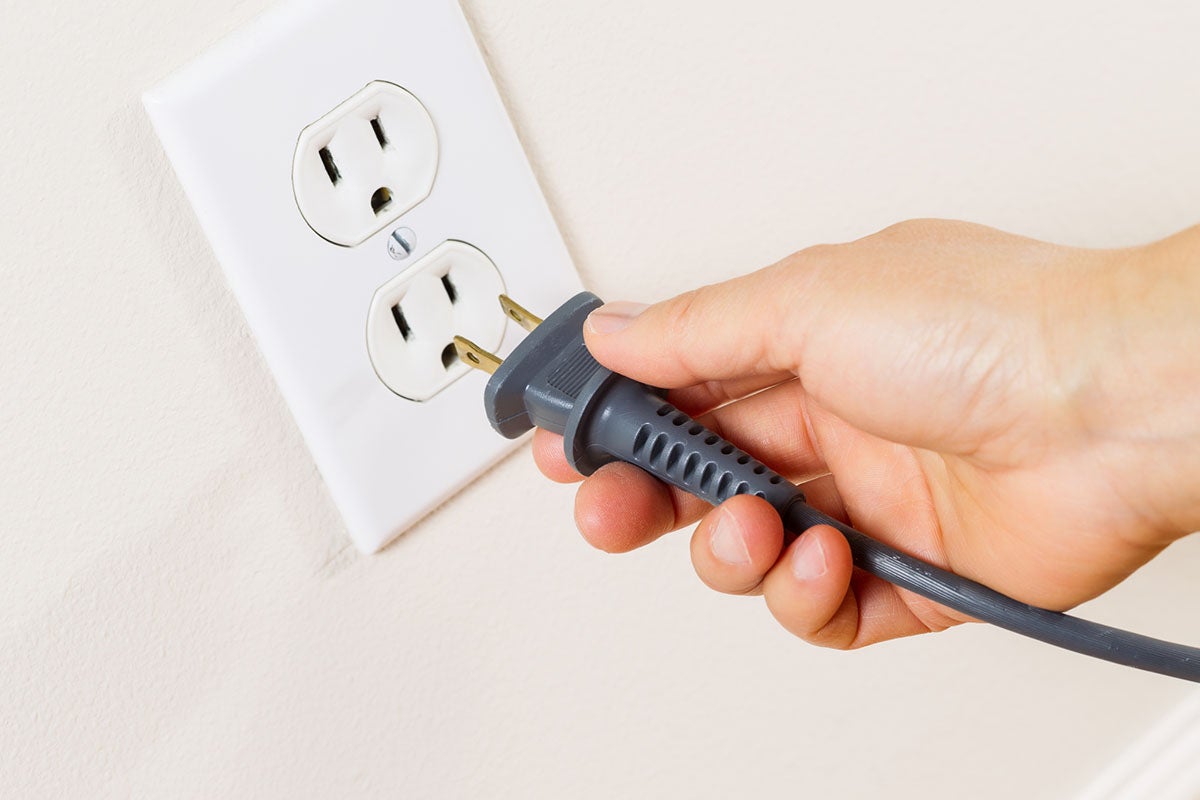
Know that we know what is vampire energy, we can break down how it works. Vampire plugs drain energy by taking small amounts of electricity in to maintain a charge or to be ready to receive a command from a remote. Most appliances that are considered to be vampires are the ones that you plug in and leave plugged in. But what are vampire plugs exactly? Just like vampires in the movies, they’re silent, inconspicuous, and can fly under the radar. You would be surprised at how many items are plugged into outlets in your home at any given time. Most, if not all of these electric devices are vampire devices.
Standby Power VS Phantom Load
- Standby Power, Phantom Load, Vampire Draw, & Vampire Power are all different terms for the same action. The slow withdrawal of energy from devices plugged into your sockets at home.
There are many names vampire energy can take. This also makes identifying what does and doesn’t consume your energy more difficult to find. The most common term you will see on an actual device will be Standby Mode. Or sometimes referred to as vampire loads electricity. This is even sometimes labeled on the device and is a default setting that will leave the device on and running with a black screen. Making you think that the device is turned off when in reality, there is still energy being drawn into that appliance and running up your electric bill.
Related Post: The Best Electric Saving Devices
Vampire Power Causes
In the US, there are 3 main causes of vampire power electricity. These items can be found all over your home! They are AC adapters, any device that has an always-on display screen, and ready-to-use gadgets. While the number of causes is small, the devices that fit into the category are endless. It’s no surprise that almost 25% of your home’s electricity usage is used by vampire devices that are powered off. AC adapters are historically one of the most energy-wasting products to have in your home. So much so that critics have given them the nickname “wall warts”. Even if the device is fully charged, there is a constant pulling in of energy. Resulting in wasting a near 50% of the electricity they use.
Top Household Electricity Vampires
Below is a list of the top vampire electrical devices and how much money they cost you per year while powered “off”.
- Televisions – $160
- Video Game Consoles – $75
- Desk Top Computers – $40
- Laptops -$19
- Kitchen Appliances – $15
- Cable & Satelite TV Boxes – $11
- DVD & Blue-Ray Players – $10
- Modems – $5
- Printers – $5
- Device Chargers – $4.25
Related Post: How Much Power Does a Video Game Console Consume?
Identifying Energy Vampire Devices
Once you can identify vampire electricity, easier it is to start saving money and energy! But how much are vampire devices costing you? Based on a report by the National Resource Defense Council, Americans typically spend about $19 billion per year on vampire energy costs. This means on average, the typical household spends $165 to $440 depending on electricity rates and location. With so many digital devices in the modern house, vampire load is continuously happening and virtually inescapable. That is unless you’re willing to unplug every device in your home when it’s not in use. So when it comes to the 2 main categories of what devices fit the energy vampire definition. Look to those that are mostly modern appliances or devices with digital displays and remote connectivity.
2 Types of Vampire Devices
- Remote Ready Devices
- Plug-In Devices
While plug-in devices like lamps and microwaves won’t run up your bill, the remote-ready devices are what you need to be aware of. TVs are the most obvious device when looking around your home as well as any video game consoles. But one of the most unsuspecting culprits of remote-ready drainage is the garage door opener!
Related Post: Why is my Electric Bill so High?
Controlling Energy Vampire Devices
Now let’s talk about how to stop vampire power from running up your electric bill. Unfortunately, vampire electricity usage has increasingly more popular in the last 10 years. Due to the ever-increasing rise and demand for rechargeable devices, computer networks, and appliances with standby power capability. The United States consumes 26% of the world’s energy. Approximately 5% of that power is caused by vampire powers. But let’s put that into perspective. That amount of energy ranges between 200 and 400 terawatt hours. That is roughly how much electricity the entire country of Italy consumes in a single year!
4 Ways to Stop Vampire Devices from Draining Your Energy
- Use Energy Star-rated appliances
- Plug into power strips
- Unplug devices when they’re fully charged
- Unplug items not used frequently
If you’re in the market for new appliances or when it comes time to replace outdated ones, shop for Energy Star-rated ones. These appliances meet the requirements for energy efficiency set by the Environmental Protection Agency. And while these appliances are usually more expensive up front, you can save on your energy bill over time to offset to difference. When it comes to power strips, it’s more for convenience than actually saving you from energy vampires electricity. Instead of unplugging each vampire device, simply switch off the entire power strip!
Related Post: The Difference Between Computer Sleep VS Hibernate
What are Vampire Devices FAQ

Q: What causes vampire power?
A: Vampire energy drain is caused by taking small amounts of electricity in to maintain a charge or to be ready to receive a command from a remote. Most appliances that are considered to be vampires are the ones that you plug in and leave plugged in. It’s easy to forget about them or they become so much of your daily routine it’s easier to leave them plugged in.
Q: How do you use vampire power?
A: Vampire power is not energy that is for your use. Rather it is energy that is wasted by devices in your home. The energy brought in by vampire devices is not banked or stored for use later on. It is directly brought into that machine and used immediately even if it’s turned off.
Q: How do you stop vampire power?
A: The best way to stop vampire electricity is to unplug the devices when you’re not using them. Other methods such as using power strips, turning off screen savors, and switching to Energy Star appliances are just bandaids that help reduce vampire load.
Q: What are the three types of vampires?
A: There are only two types of vampire devices. The most costly being remote-ready devices. Along with plug-in powered devices. While both categories drain and waste energy, remote-ready devices are the most expensive culprit. In order to be waiting to receive a signal to function from a remote, the device must be drawing in energy to receive that signal. TV’s speaker systems, and garage door openers are the top vampire appliances that require a remote.
Do you Need Cheaper Electricity?
If you’ve taken the time to understand the information on your bill and discovered you’re paying more than you’d like for your electricity, have you looked around for a cheaper deal? The Energy Professor has a wealth of information on ways to save on your utilities, including details of top deals that could significantly reduce your monthly or quarterly electricity bills.
We hope you found this article helpful! If you are looking for ways to increase the energy efficiency and sustainability in your home be sure to take a look at all of the latest renewable energy options in your area. The Energy Professor helps residential and small business owners find qualified energy suppliers in New York, New Jersey, Pennsylvania, Texas, Ohio, Maryland, Illinois, and Massachusetts

